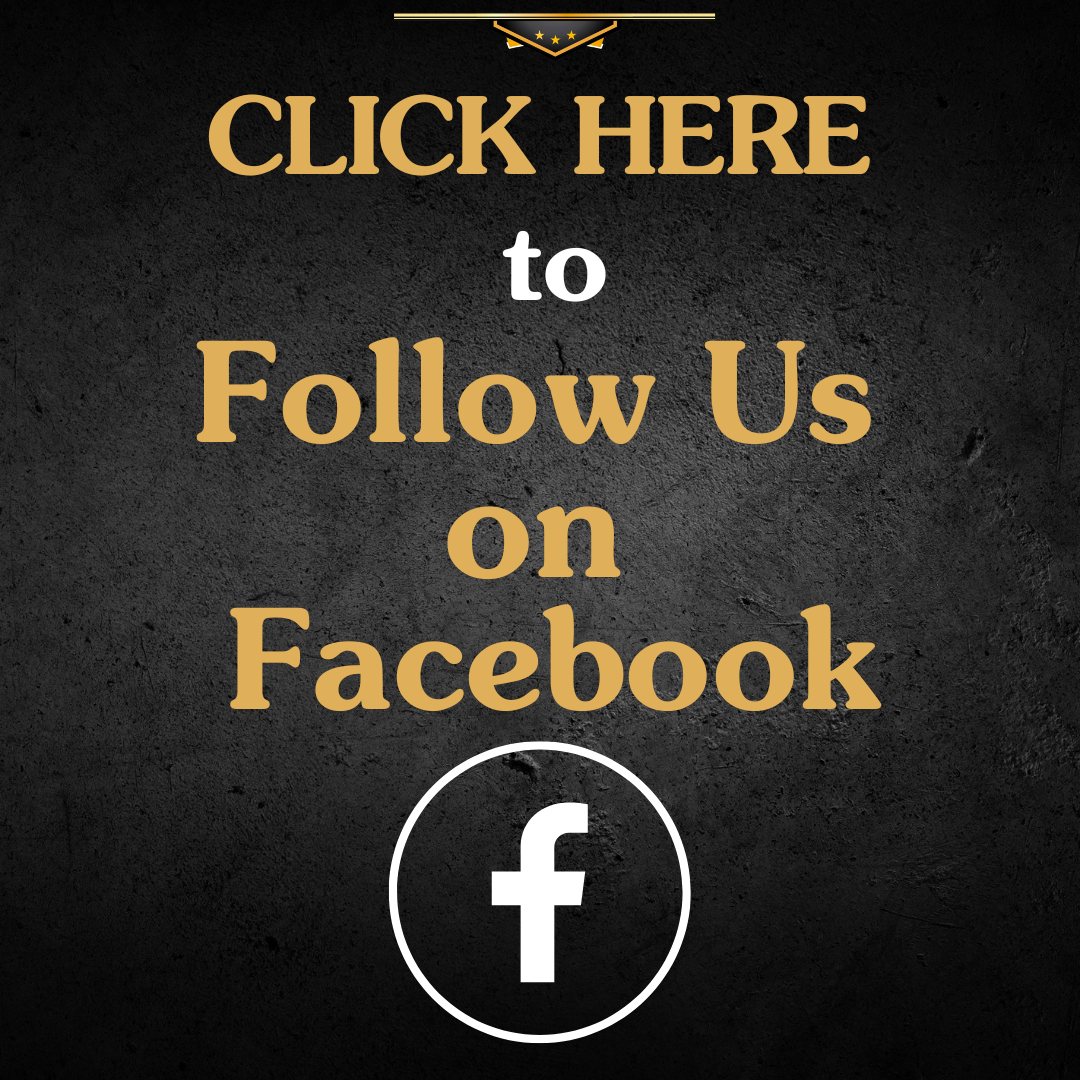Real Speaking Pros Use Notes
Public speaking is a private conversation held publicly. The keyword is a conversation; it’s not a scripted presentation. The wonderful thing about this is that you’re already very good at conversing; you have been doing it your whole life!
Imagine something strange or unique happened to you today. You go home, see your loved one, and describe what happened. Most likely, in your mind, you picture the experience, and then you relay that to your loved one. You don’t use notes, and you didn’t memorize anything. Instead, you saw it in your mind and then relayed that experience to the other person. However, there are cases where you might want to write something down. For example, perhaps this experience was out of the ordinary, and you wanted to ensure you could remember exactly what was said.
As a Professional Hall of Fame Speaker with over 48 years of paid speaking experience at over 3,000 events, I never once stood in front of an audience without notes. In fact, using notes shows you’re a professional. Here are a few ways I have used notes in my own speaking:
As transparencies on an overhead projector...yes, that’s how long I have been speaking!
On a table next to me on the stage
In a PowerPoint presentation
On a black card which works much better on stage than a white piece of thin paper flopping around in your hand and is far less noticeable to the audience
One of the most successful uses of notes was by a longtime client named Charlie Bigger, President of the Field Engineering division of the IBM Corporation. His speaking style was unique compared to others in his position. Employees in the audience loved him because of his ability to connect personally and because he was such a kind, caring, and charismatic leader. Charlie seemed as if he was having a conversation with the audience, and when he stepped on stage, in his hand were about a dozen index cards. As he would talk about the past year's success and give sales or profit numbers, or anything numerical, he would glance at his cards where he had made his notes. Then, when he finished that particular series of numbers, he moved the card to the back of the pile in his hand, and the next card was ready when he needed it. It was a flawless and natural way of using notes while conversing with the audience.
So, what should you put on your note cards?
Stick to the key elements of your presentation because you already know your material. You don't want to spend your entire time in front of your audience thinking, What comes next? Your brain will always know what comes next, and your notes will prompt you.
Suppose you wanted to use the first landing on the moon as a metaphor for doing the impossible during your presentation. Here’s what your note card could look like:
Title: "You Can Do the Impossible"
1-JFK Speech May 25, 1961
2-Challenged USA — man on the moon within ten years
3-Eight years later — July 20, 1969
4-Neil Armstrong says, "That's one small step for man, one giant leap for mankind."
If those were your notes, you could tell that story in five or six minutes, expanding and enriching each part to reinforce how impossible that seemed to be in 1961. But all you need are those four points to keep you on target.
Without notes, your brain will constantly be working and asking, What comes next? And what do I say after that? That will never happen when you know you have that next step right in front of you. That's why real speaking pros use notes, and you should too.
MAKE it a great day!



